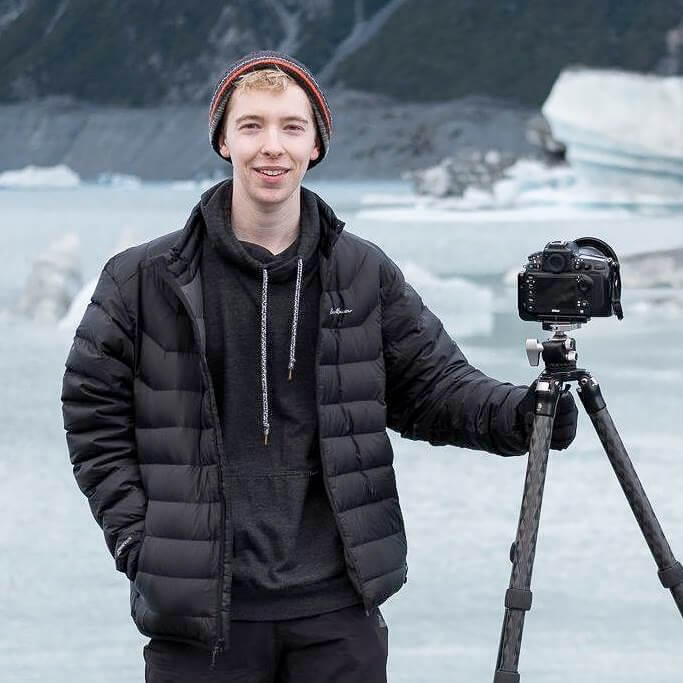Spencer Cox is a 22 year old landscape photographer based in Colorado. He is Editor in Chief of
photographylife.com, one of the largest educational photography websites on the internet, with over 25 million visitors each year.
Cox's photographs show the dark, intricate beauty of often-remote landscapes, rarely including any people or manmade elements. His work has been displayed in the Smithsonian Museum of Natural History and Travel Photographer of the Year exhibits across the world.
What Cox enjoys most is teaching. He has filmed and written hundreds of photography tutorials with the goal of educating the new generation of photographers. His mantra is that every decision in photography, from technical to creative, should be given deliberate, conscious thought in order to succeed.
